The Eurasian Dry Grassland Group (EDGG) is a network of researchers and conservationists interested in Palaearctic natural and semi-natural grasslands. It was established in 2008 as the successor of the German Arbeitsgruppe Trockenrasen. It is now a working group of the International Association for Vegetation Science (IAVS) and a member of the European Forum for Nature Conservation and Pastoralism (EFNCP).
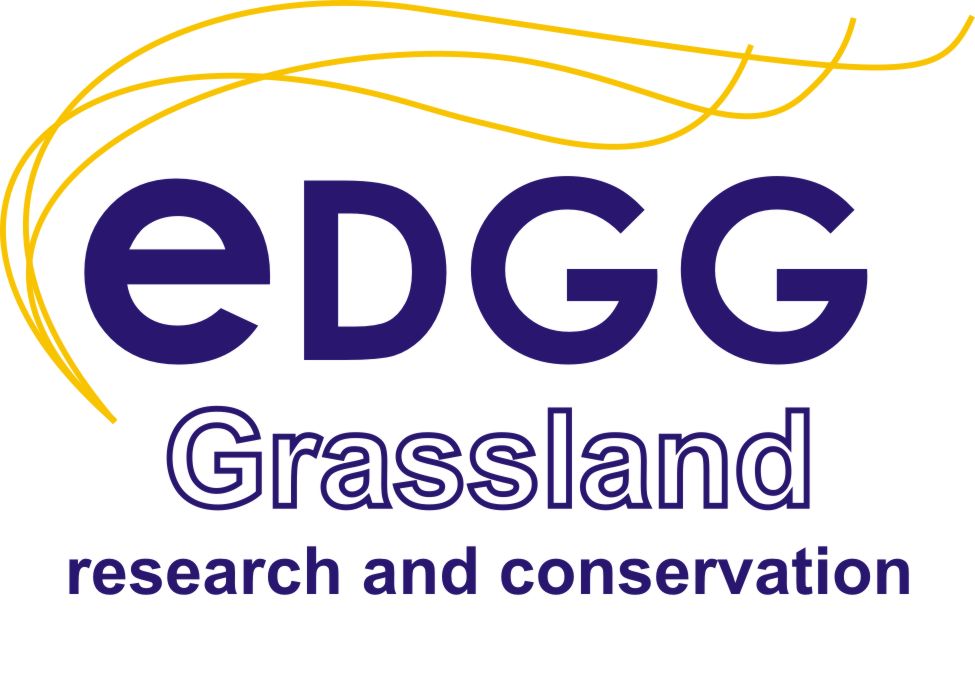
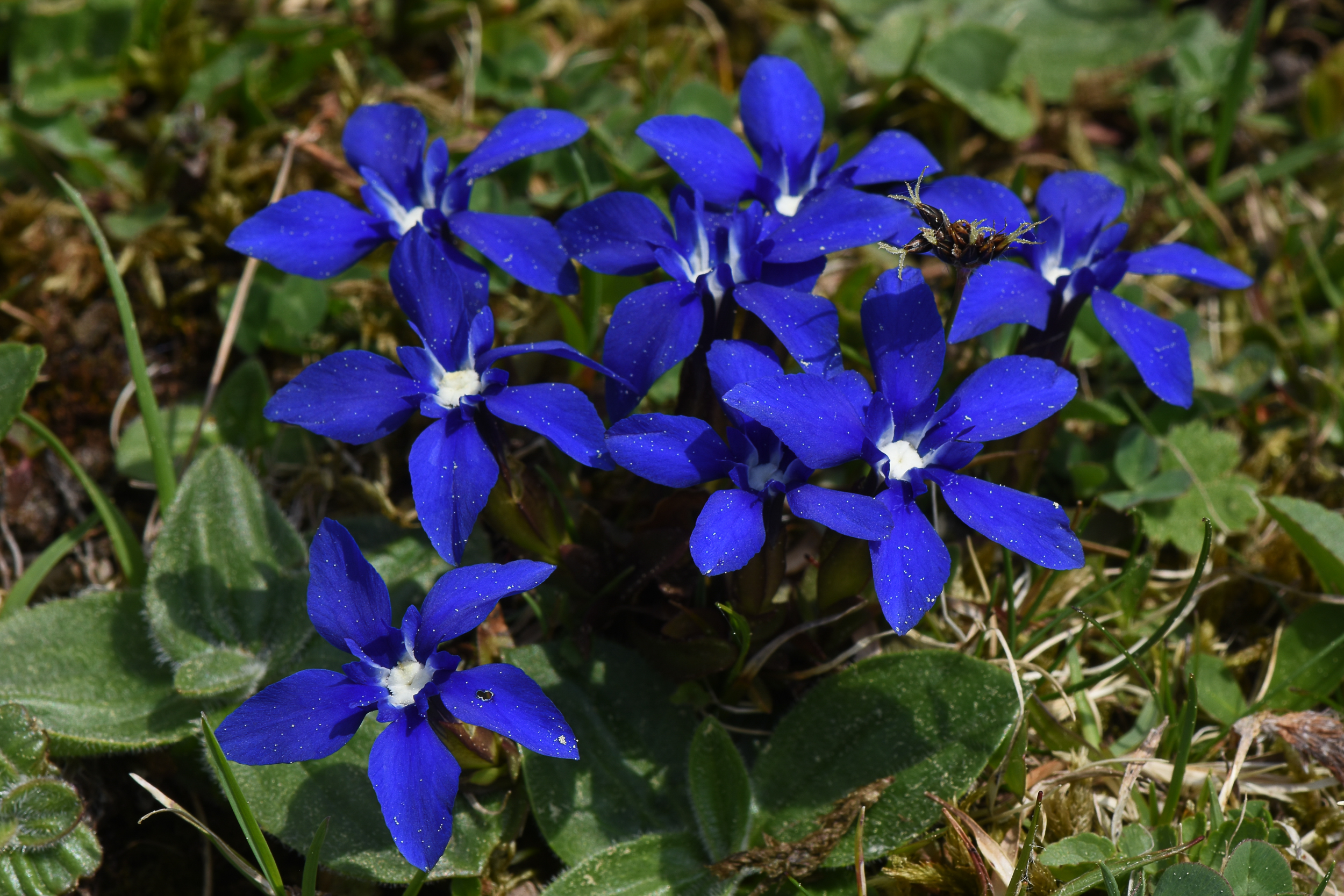
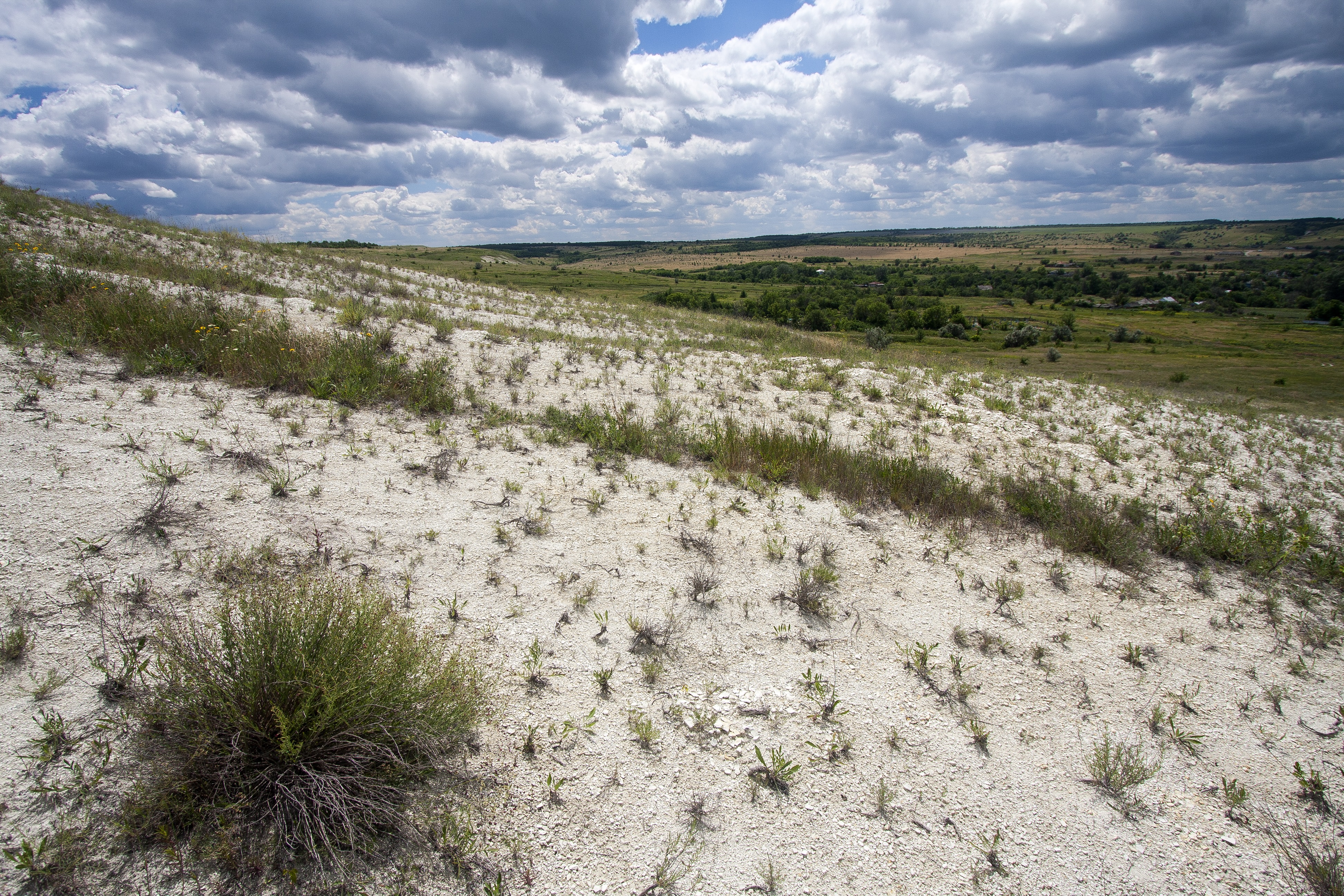
Photos: by Vilma Gudynienė, Jurgen Dengler and Balazs Deák
The core aims of the EDGG are to
a. develop and advance research on any aspect (vegetation, flora, fauna, soils, etc.) of Palaearctic natural and semi-natural grasslands (i.e. steppes, dry, mesic, wet, acidic, calcareous, rocky, saline, coastal and alpine grasslands),
b. promote education on Palaearctic natural and semi-natural grasslands,
c. promote the publication of research results on Palaearctic natural and semi-natural grasslands,
d. facilitate scientific and personal communication among scientists who are interested in Palaearctic natural and semi-natural grasslands,
e. promote appropriate application of research in Palaearctic natural and semi-natural grasslands for the good of society, particularly in environmental management and public decision making, and
f. promote policies and legislation towards protection, proper management, and restoration of Palaearctic natural and semi-natural grasslands.
JOIN EDGG: Our membership is free of charge.
If you are interested please send an e-mail to our Membership Administrator Idoia Biurrun (idoia.biurrun@ehu.es).
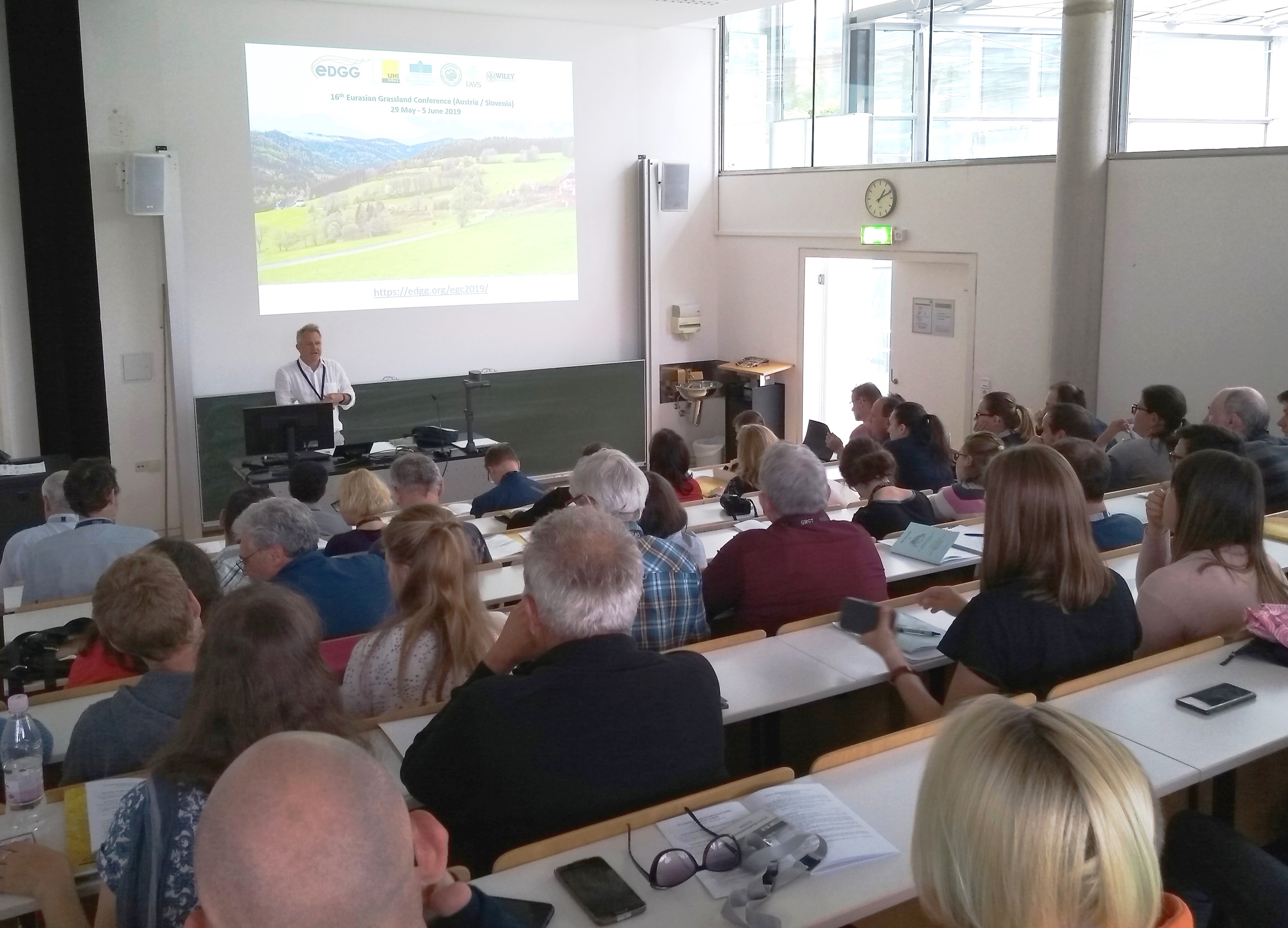
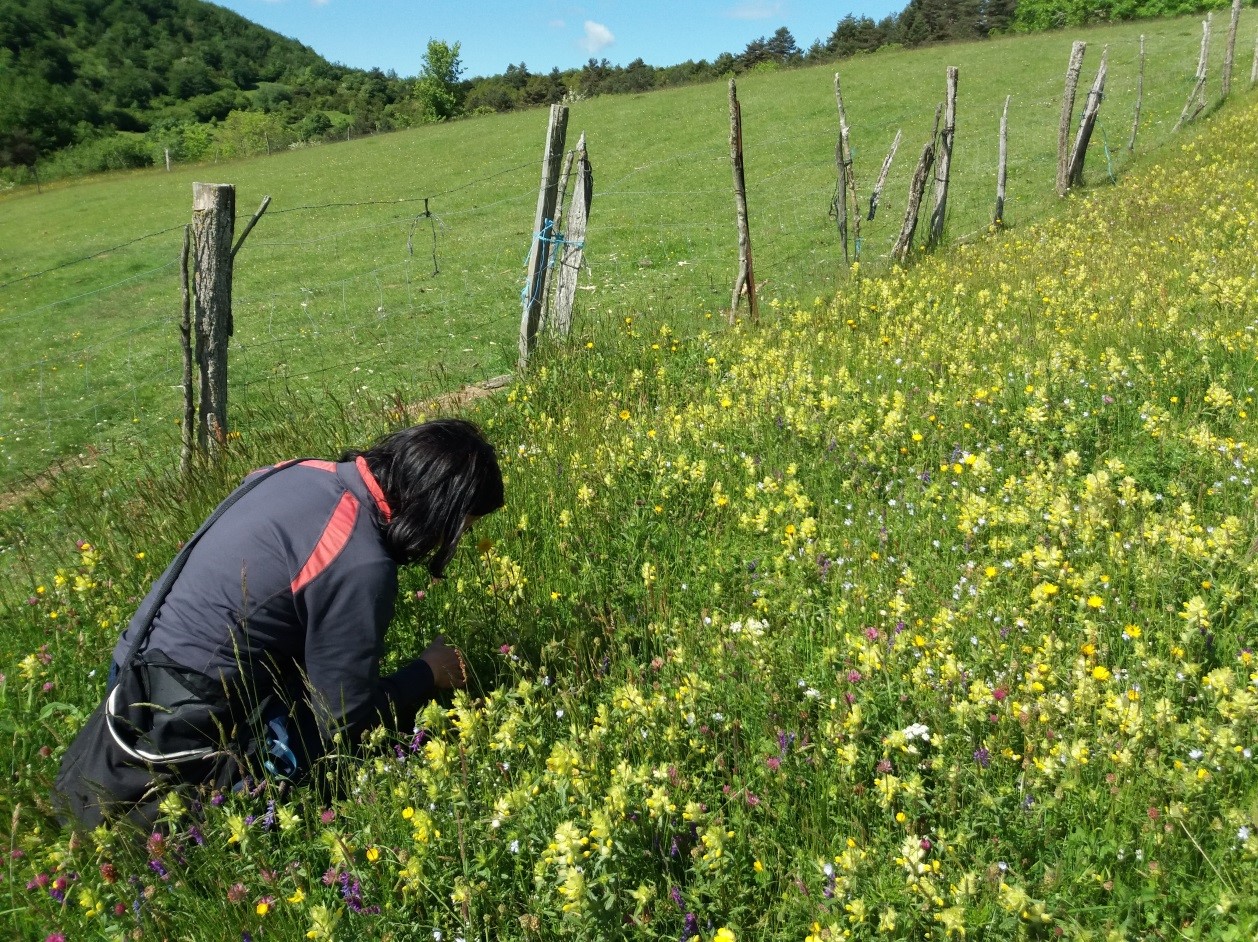
EGC 2017 in Sulmona, Italy; Biodiversity plot during 15th EGC; Sampling hay meadows in Western Pyrenees, Spain.
EDGG provides several facilities to deepen the knowledge of Palaearctic grasslands and to support information exchange among grassland researchers and conservationists:
- Palaearctic Grasslands (EDGG’s open-access journal and newsletter)
- EDGG website
- Eurasian Grassland Conferences, organized annually in various locations in Eurasia and North Africa
- EDGG Field Workshops, organized annually in various locations in Eurasia and North Africa
- scientific publications, such as special features and books, and
- vegetation-plot databases of Palaearctic grasslands
The EDGG covers all aspects related to natural and semi-natural grasslands, in particular:
plants - animals - fungi - microbia - soils - taxonomy - phylogeography - ecophysiology - population biology - species' interactions - vegetation ecology - syntaxonomy - landscape ecology - biodiversity - land use history - agriculture - nature conservation - restoration - environmental legislation - environmental education.

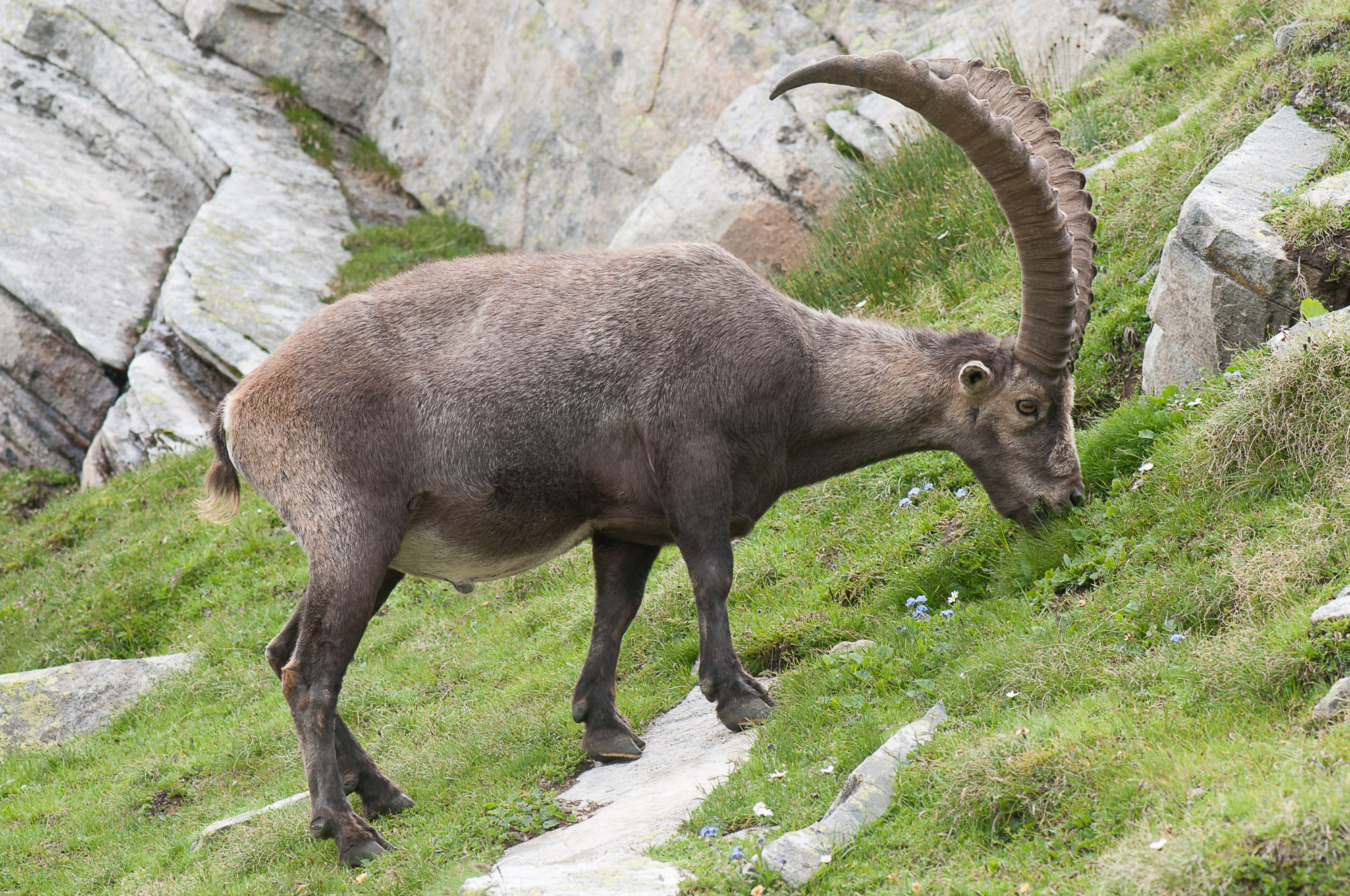
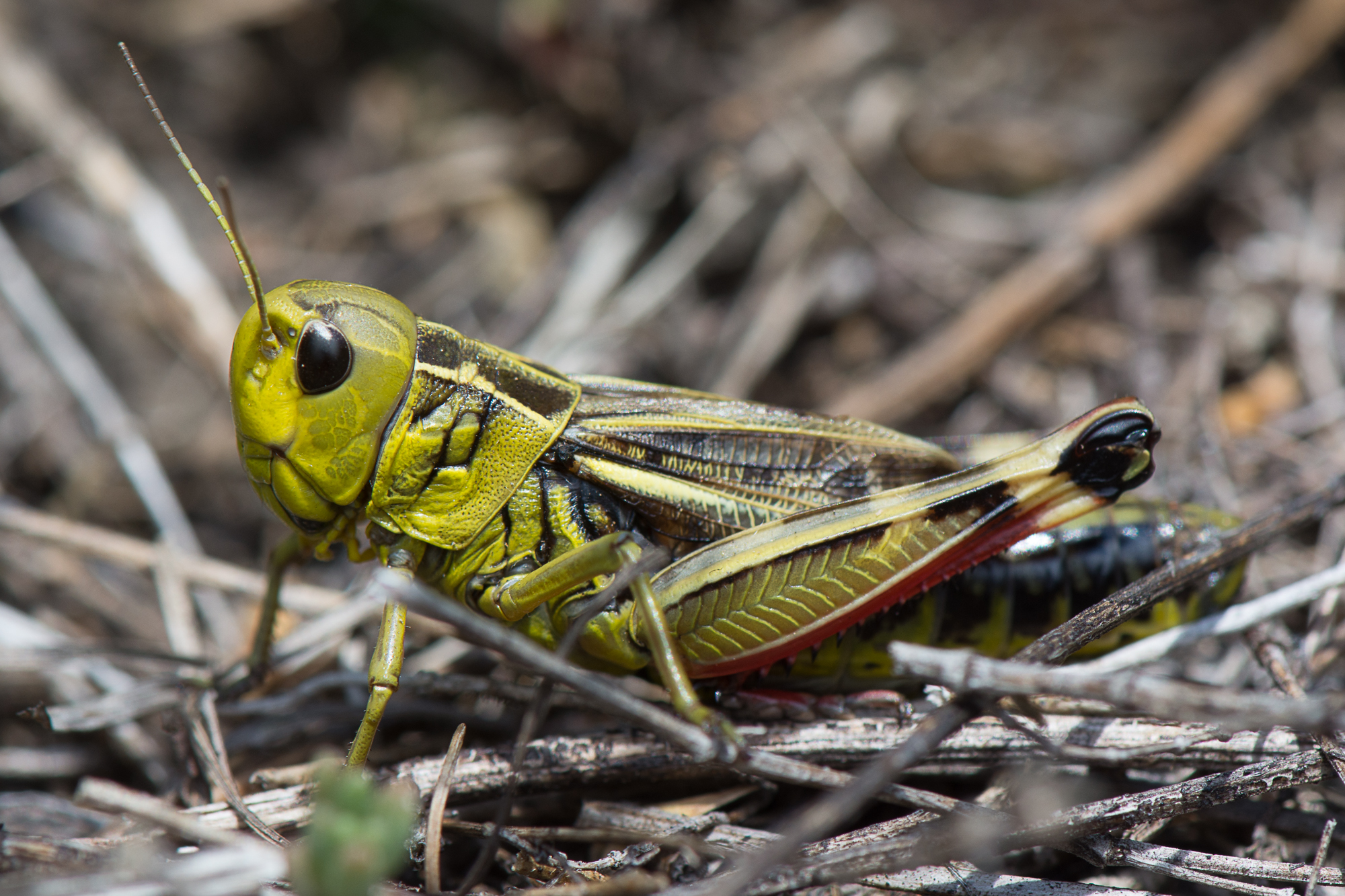
Photos: by Rocco Labadessa & Jurgen Dengler
Follow us on social media.
Join our Facebook Group, Twitter & Youtube Channel

